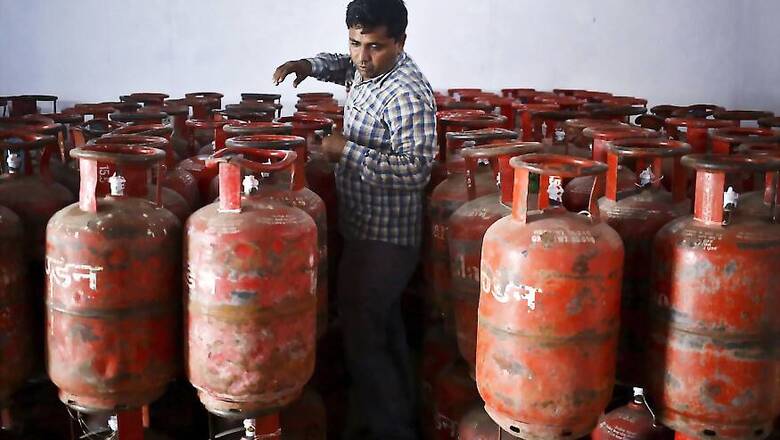
views
Mumbai: Even as the increase in domestic gas prices is in line with the rise in global gas indices, the price notified at USD 3.69/mmbtu is expected to provide only a partial relief to the gas producers, the report said.
The domestic gas price is notified at USD 3.69/mmbtu (GCV basis) for H1 FY2020, an increase of 9.8 percent from the price of USD 3.36/mmbtu (GCV basis) applicable for H2 FY19, the rating agency Icra said in its report.
"The increase in domestic gas price is in line with the rise in global gas indices primarily Henry Hub over the reference period and takes the price to its highest level in two and a half years. However, with prices of gas at various international hubs falling again, the domestic gas price increase looks likely to be reversed in H2 FY20," it said.
The agency further stated that the fall in prices of gas at international hubs is contributed by the commissioning of new gas liquefaction capacities with about 35 million tonnes coming online in CY18 and another about 30 million tonnes expected to come online in CY19.
"Moreover, shale gas production continues to be robust in USA. Accordingly, Asian spot LNG prices which remained USD 10 11/mmbtu during the summers of CY18 have already declined to well below USD 5/mmbtu mark," it said.
Commenting on the findings, Icra's senior vice-president K Ravichandran said, "the gas price for H1 FY20, though higher than H2 FY19, continues to remain low at an absolute level.
Accordingly, gas production remains either a break even or a loss-making proposition for most fields for the upstream producers notwithstanding some decline in oil field services/equipment cost."
He further said the appreciation of rupee against dollar in the past few months, also dampens the realisations of the gas producers.
"Going forward, with several new gas liquefaction capacities coming online globally, the supply glut is expected to keep prices of domestic gas low in the near to medium term leading to poor returns even as domestic gas producers especially ONGC ramps up gas production significantly," Ravichandran said.
Also, the absence of a floor and sustained low prices as has been seen in the past few years post implementation of the modified Rangarajan formula, make exploration and production unviable even for benign geologies.
"Nonetheless, the government approved the reforms in upstream sector in February 2019, which allowed, marketing and pricing freedom for those new discoveries whose field development plan is not yet approved, and fiscal incentive provided for additional gas production over and above the normal production. This should be a credit positive for the exploration and production companies," he added.
Additionally, the ceiling on price for gas produced from deep water, ultra deepwater, high temperature and high-pressure fields has also been announced at USD 9.32/mmbtu for the period H1 FY20 which is 21.5 percent higher than the price ceiling of USD 7.67/mmbtu for the period H2 FY19 which could incentivise development of such projects.




















Comments
0 comment